Search Product
Search here for what you are looking for:
Search here for what you are looking for:

Lettuce, alias stem with lettuce, lettuce shoots, green shoots, lettuce. The stems on the ground are edible, the stems are white-green, the stems are crisp and tender, the young stems are green, and they turn white and green after maturity. The main edible meat tender stems can be raw, cold, fried, dried or pickled, and young leaves can also be eaten. The stem and leaves contain lectin and contain lectin. It tastes bitter and has an analgesic effect. The lettuce has strong adaptability and can be cultivated in spring and autumn or winter. It is mainly cultivated in spring and harvested in summer.
Today, Xiaobian will tell you about the identification and prevention methods of several major diseases in the process of lettuce cultivation.
1. Lettuce downy mildew
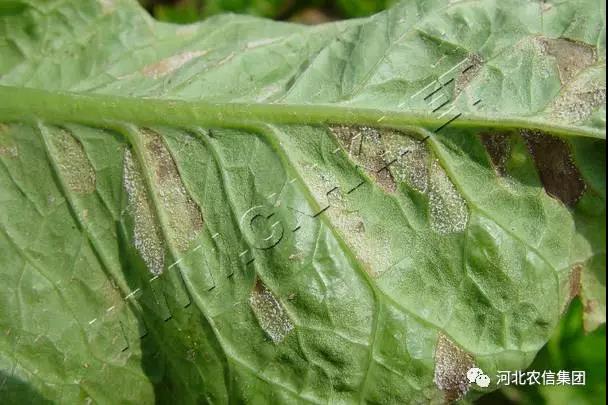
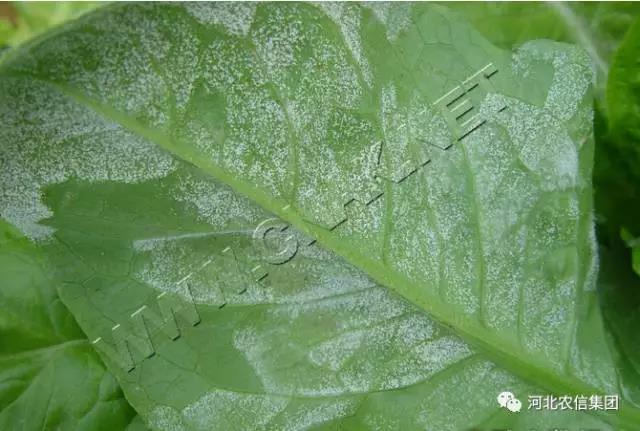
Hazard symptoms: It can occur in the adult stage, starting from the old leaves of the lower part of the plant. At the beginning of the disease, there are pale yellow water-stained round spots on the leaf surface. After expansion, the veins are restricted by polygons or irregular yellow-brown lesions. . A white frosty mildew layer grows on the back of the leaf when wet. In the later stage, the lesions die and turn yellowish brown and connect into pieces, causing the whole leaves to dry up.
Prevention:
(1 ) Strengthen cultivation management, timely sowing, reasonable close planting, deep sorghum cultivation, timely clearing of ditch drainage, and application of quick-acting phosphorus and potassium fertilizer to promote plant growth and robustness.
(2) chemical control: spraying at the beginning of the disease, the interval between drugs is 7 to 10 days, continuous spraying for 2 to 3 times.
The drug can be selected from the agricultural letter 80% mancozeb wettable powder 1500~1000 times liquid; the agricultural letter 50% dimethomorph wettable powder 20g~30g water 30 kg spray; rural letter 66.5% frost mildew hydrochloride 800~1000 times liquid; Nongxin 25% azoxystrobin 10ml water 30 kg even spray.
2, lettuce sclerotinia
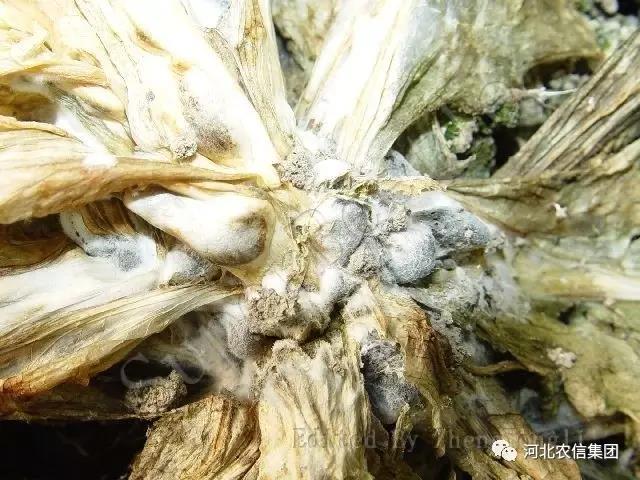
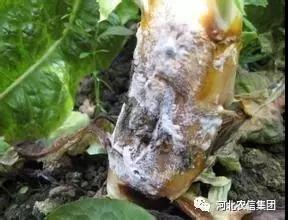
Hazard symptoms: symptoms of lettuce sclerotium disease The disease is a fungal disease, which occurs mostly at the base of the stem near the ground. At the beginning of the disease, the diseased part is water-stained, rapidly spreading to the upper part of the stem, petiole and roots, so that the diseased tissue is soft and rot, and the surface is densely white with white cotton floc, which gradually turns into black rat fecal sclerotium. The upper part of the diseased plant quickly wilted and died.
Prevention:
(1 ) Selection of resistant varieties: strong seedlings with soil colonization, seedling age 6~8 leaf stage planting better. It can be used to raise seedlings with nutrient or nutrient soil, transplanted with soil, and improve seedling rate and disease resistance.
(2) Pharmacy prevention and treatment: In the early stage of the disease, spray the sputum urea or the symbiotic berberine 600~800 times in time, every 7~10 days, for 3~4 times.
3.Lettuce soft rot
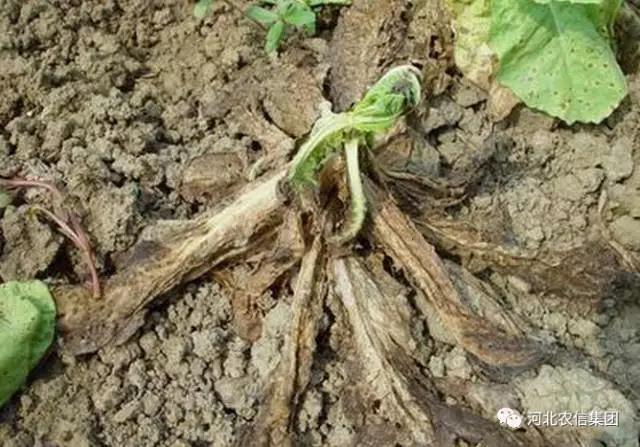
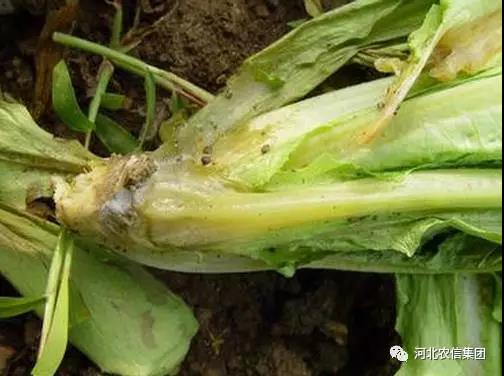
Hazard symptoms:
Symptoms of soft rot of lettuce Let the disease be a bacterial disease, and the field plants usually start from the lotus period. The common symptom is that the disease progresses from the outside to the inside of the plant, and the disease occurs at the junction of the base of the petiole and the rhizome of the outer leaf.
It is water-stained in the first place, and the outer leaves are wilting at noon on sunny days. It can be recovered in the morning or evening or in the rainy days. After a few days, the outer leaves are flat on the ground and no longer recover.
The diseased leaves collapsed to reveal the heart leaves, the petiole, the base of the stem, the pulp tissue rotted, filled with white and yellow-brown viscous material, the odor overflowed, the base of the stem became brown and rot, accompanied by stench.
Another symptom is that the disease develops from the inside to the outside, that is, the pathogen first invades from the base of the cabbage, and the plant grows normally. The heart leaves gradually rot and develop, filled with yellow viscous liquid, and the diseased plant rises and rises. When the humidity is high, it rots and makes a stench.
Prevention:
(1 )Pay attention to clearing the ditch in the rain after rain or after irrigation. Combined with disease prevention and application of 0.2% potassium dihydrogen phosphate, boron fertilizer and other foliar spray, improve plant resistance.
(2 )Chemical control: Select 72% agricultural streptomycin 4000 times solution, once every 5~7 days, for 3~4 times.
4.Lettuce black spot
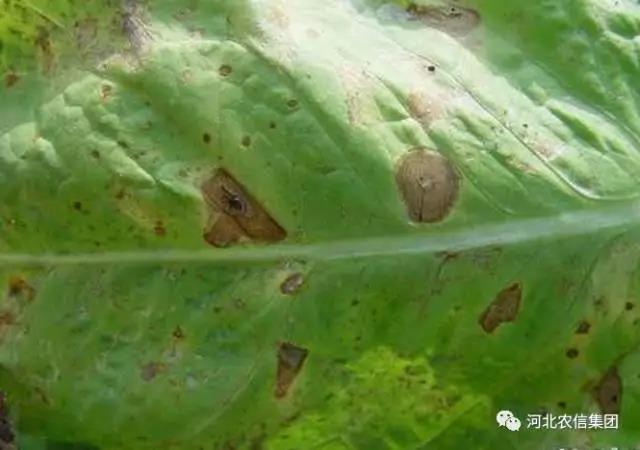
Hazard symptoms:
Hazard symptoms The typical symptom of the disease is that a round or nearly round brown plaque is formed on the leaves. The diameter is 3 to 15 mm in size and has a concentric pattern. Black mold can be produced on the back of the lesion when wet.
Prevention:
(1) Strengthen cultivation management and increase phosphorus and potassium fertilizer. Carry out rotation and remove old, sick and residual leaves in time.
(2) chemical control should be used in the early stage of the disease to use the agricultural letter benzene pyrazole ester 1500 times solution, azoxystrobin + tebuconazole 20ml water 30kg spray, 7 times a day, a total of 2 to 3 times.
5.Lettuce gray mold
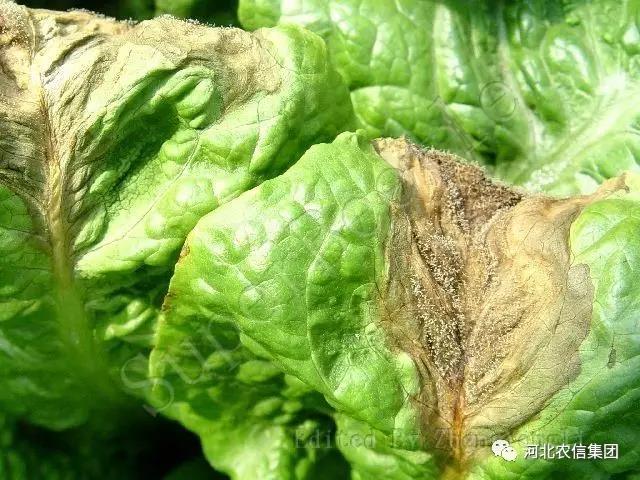
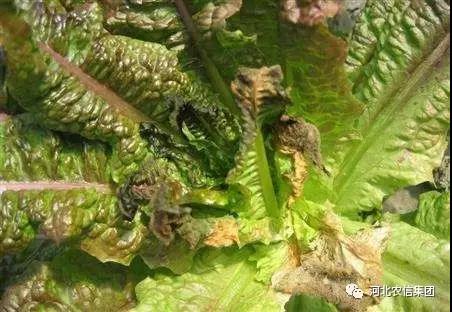
Hazard symptoms:
The diseased part of the seedling stage is watery and rotted, and there is a gray mold layer. The incidence of adult plants begins to occur from the near-surface leaves. It is water-stained at first, and then expands rapidly and is yellowish brown.
Prevention:
(1) After the harvest, the diseased plants are treated in time, burned or buried deeply, and the bacterial source is reduced.
(2 )Protected areas should strengthen ventilation, reduce humidity, prevent leaf surface condensation, fully apply organic fertilizer, and increase phosphorus and potassium fertilizer.
(3) chemical control, greenhouse area recommended per acre with the agricultural letter of pyrimethanil bacteriocin clearing agent 200 ~ 300 grams in the evening smoke control, or spray symbiotic urea or symbiotic berberine 600 ~ 800 times solution, each Once every 7 days, 3 to 4 times in a row.
6.Lettuce virus disease
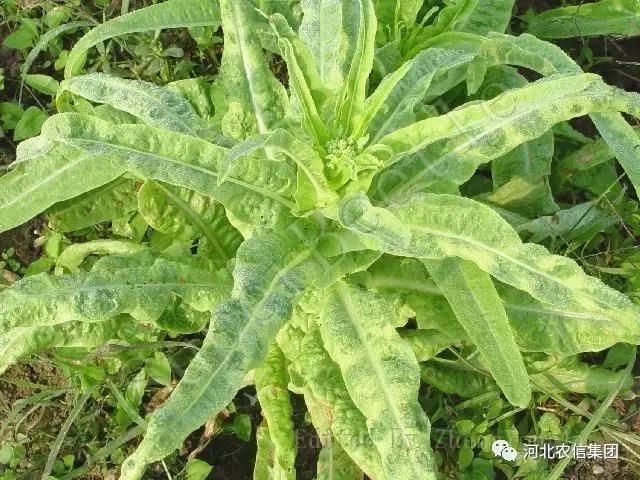
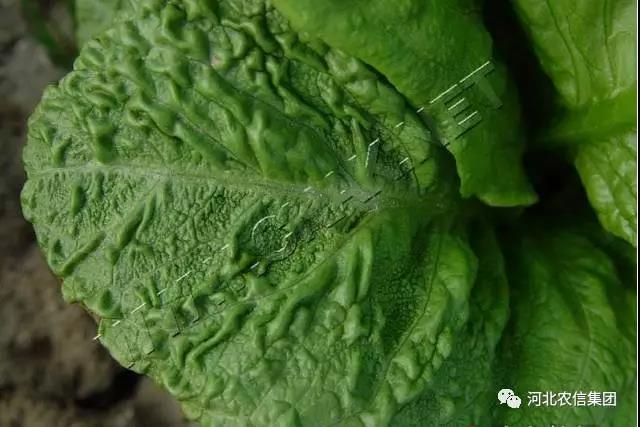
Hazard symptoms:
The damaged plants are short and deformed, the leaves are uneven in color, yellow-green, the leaves are curled or curled, and many brown spots are often found. The new leaves have bright veins or mosaic leaves, and the old leaves have brown necrotic spots. The root system of the diseased plant is underdeveloped, which seriously affects growth and development. The pathogenic condition is mainly caused by aphid transmission and contact infection.
Prevention:
1 sowing in moderation, avoiding the high temperature and locust season.
2 Chemical control: It is essential to prevent flooding at the seedling stage. The control of aphids can be controlled by the use of N. sinensis (aphid special effects) or 70% imidacloprid spray. The virus disease prevention and treatment can be selected from the agricultural letter morpholinium ketone 1000 ~ 1500 times liquid. Focus on prevention.